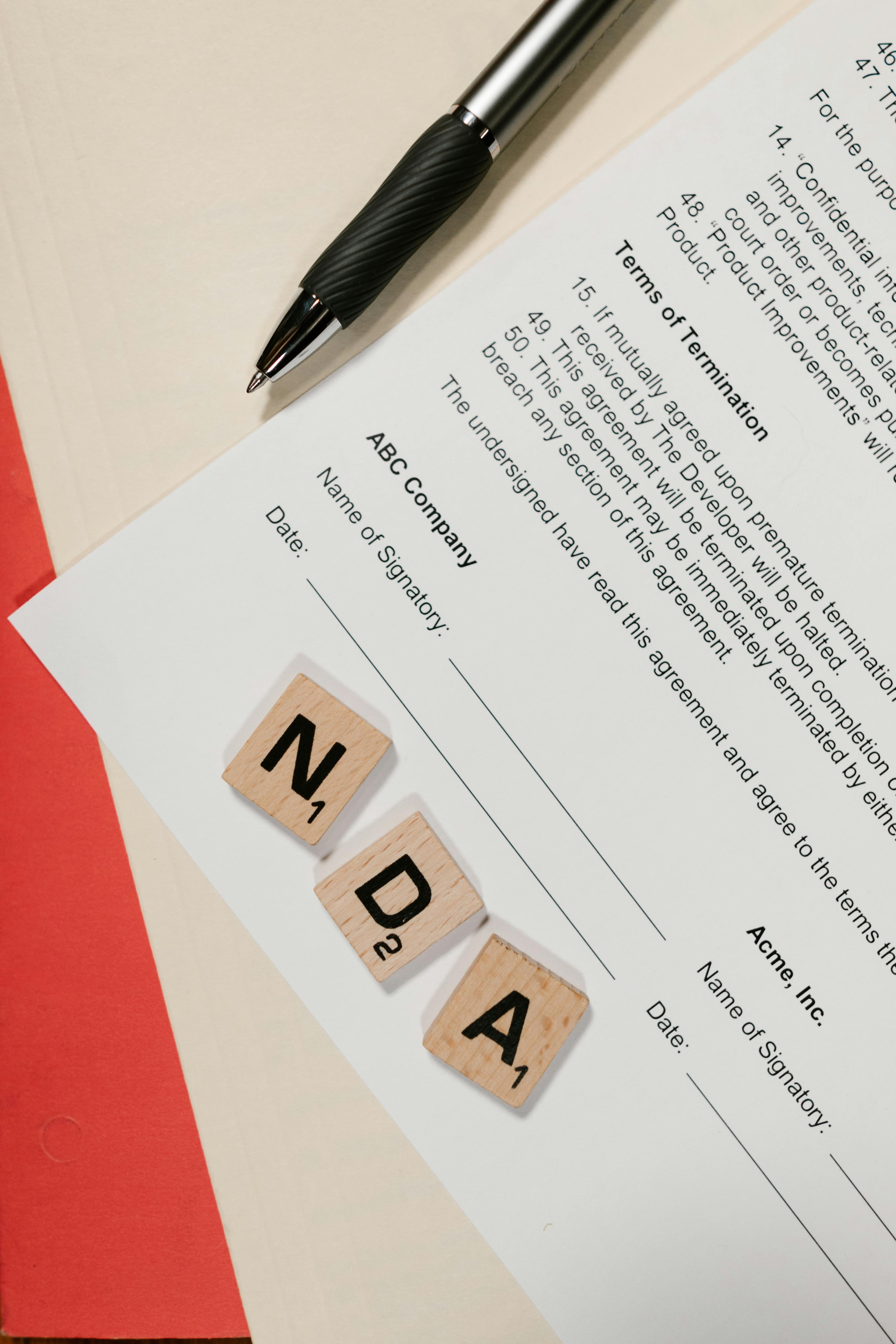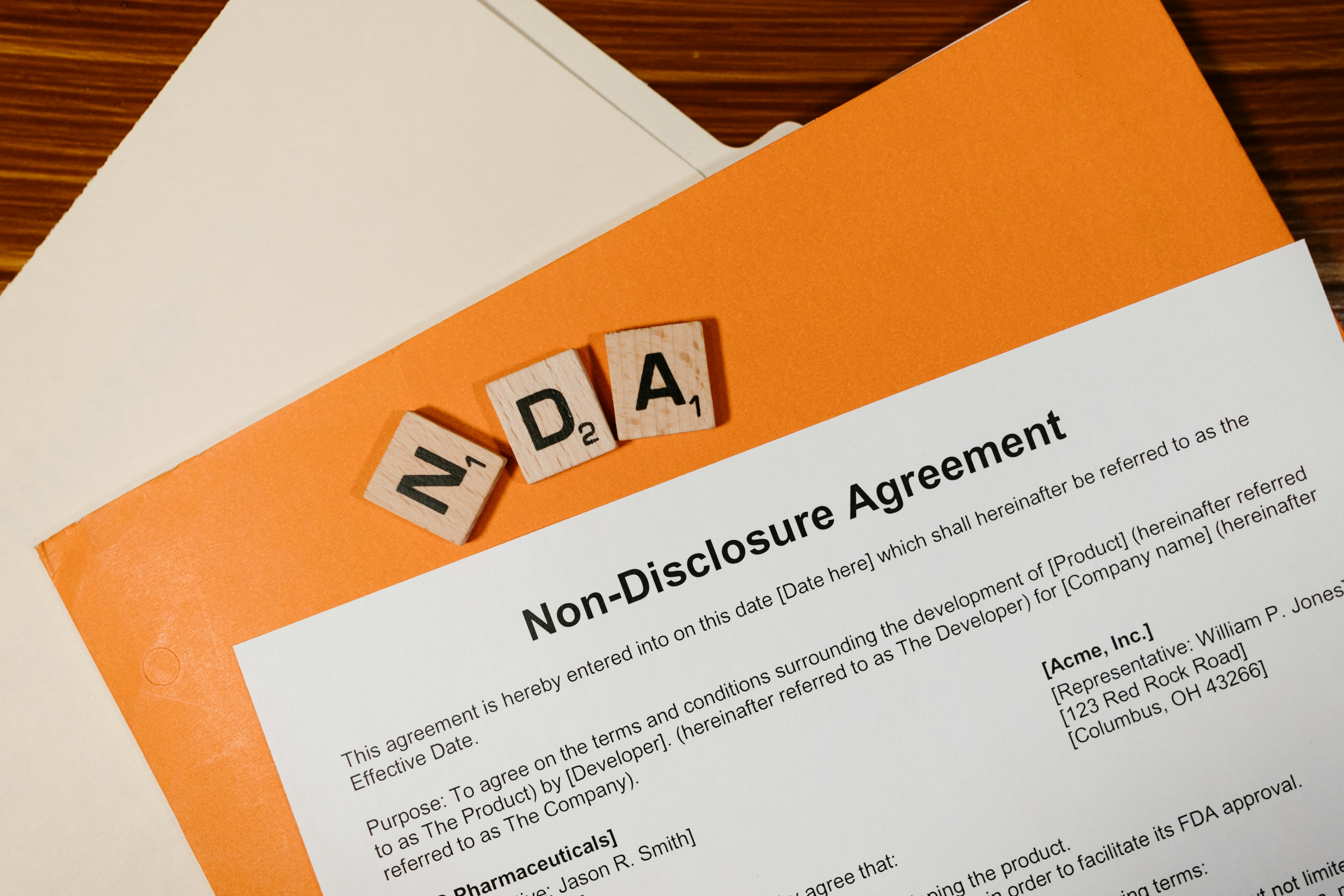What are sole proprietorships, partnerships and limited companies? What are the pros and cons of each type of business?
When starting a business, one of the most important steps is to select the right legal structure for your business. In Hong Kong, the most commonly-used business vehicles are sole proprietorships, partnerships and limited companies.
Sole proprietorship
A sole proprietor is also known as a sole trader. It is an unincorporated business where the business is owned and operated by a single individual. Its key features are:
- there is no concept of a separate legal entity i.e. there is no legal distinction between the business and its owner;
- the liability of the owner is not limited i.e. the owner can be held personally responsible for all the liabilities; and
- the sole proprietor can keep all profits but also be completely responsible for all the liabilities incurred by the entity.
A sole proprietorship is ideal if you are looking for:
- Low-cost and quick set up;
- Operating a small business; and
- Running a business with low or no risk.
Pros of sole proprietorship Cons of sole proprietorship It is the most flexible and simplest business structure with low administrative costIf the business fails, the sole proprietor will have no protection of personal assetsThe registration procedure is simple. See further in the FAQ on companies – business registrationIf the sole proprietor dies or becomes seriously ill, the business will automatically come to an endThe business owner has full control over policies, capital investments, business operations and profitsIt is hard to raise additional capital from investors as they are generally wary of unincorporated entitiesIt is simple to close down the businessMinimum tax reporting (File annual tax return with the Inland Revenue Department); and the profits are taxed at sole proprietor’s marginal tax rate, which may be lower than tax rate for a limited company.
To understand more about tax rates, you can read ‘How does the profits tax regime work in Hong Kong?’
Since sole proprietorship is easy to set up, small businesses often choose to start as a sole proprietor and later transition to a limited liability entity
Partnership
Partnership is an arrangement where two or more individuals co-own the business with a plan to share the profits in the manner mutually agreed between the partners. When forming a partnership, it is advisable to sign a Partnership Agreement to determine the terms and conditions of the partnership. Generally, a partnership agreement provides for:
- Partnership Capital;
- Profits and Losses;
- The Boards and Management;
- Partnership Properties;
- Termination; and
- Dispute Resolution
Click the link for a template of Partnership Agreement and customize according to your requirements.
The partnership name can be a combination of names of all partners (usually last names are used). However, the name must not include:
- “Limited” or “Company Limited” (if the name is in English); or
- “有限” or “有限公司” (if the name is in Chinese).
There are in general two types of partnership, namely general partnership and limited partnership. They are governed by the Partnership Ordinance (Cap. 38) and the Limited Partnerships Ordinance (Cap. 37) (“the Ordinances”) respectively. There is a third type of partnership called limited liability partnership (LLP). However, it is only available to law firms in Hong Kong under the Legal Practitioners Ordinance (Cap.159).
A general partnership has the following characteristics:
- Each and every partner is personally responsible for all liabilities and debts of the partnership;
- Each and every partner is responsible for other partners (s)’ acts in the ordinary course of business;
- Unless otherwise agreed, each partner is entitled to the equal share of profit;
- The partnership has no separate legal entity. See further in the FAQ on Companies – Separate legal entity; and
- The lack of separate legal entity and perpetual succession are the disadvantages of a general partnership.
A limited partnership has the following characteristics:
- Consists of both general partner (minimum 1 ) and limited partners (minimum 1);
- The general partner(s) will have unlimited liability for business debts while the limited partner(s) will only be responsible for the amount of contribution to the capital of the partnership;
- The limited partner(s) do not participate in management and decision making processes of the business;
- A limited partnership must be registered with the Companies Registry with the prescribed form. Otherwise, it would be considered a general partnership; and
- The partnership has no separate legal entity. See further in the FAQ on Companies – Separate legal entity.
A partnership is ideal if you are looking to work with people:
- To share responsibilities and risks with in the course of business;
- To raise capital;
- Who are trustworthy and with expertise and skills you lack; and
- With a common business goal.
Pros of PartnershipCons of PartnershipIt is easier to raise capital compared to sole proprietorship Unless its a limited partner, partners can be held personally liable for the debts of the business and there is no protection for personal assets Partners can offset their loss in the partnership against their other income so the aggregate taxable income is lowerIt takes the participation of all partners to make major decisions, so disagreements could lead to the end of the businessResponsibilities and work are shared among partners Unless otherwise stated in the Partnership Agreement, the partnership ends if any of its partners die/go bankrupt
Limited company
When setting up a company in Hong Kong, you may choose the type of company that best suits your company’s purposes i.e.:
- Company limited by shares (private or public); and
- Company limited by guarantee
- Private Company Limited by Shares
Mostly, small businesses prefer to incorporate their business as private company limited by shares in Hong Kong. The main characteristics of a private company are that:
- Shareholders’ liability is limited to the unpaid amount of share held by each shareholder;
- Shareholders’ right to transfer shares is restricted;
- Cannot raise capital from the public; and
- The company has a separate legal entity from its shareholders. See further in the FAQ on Companies – Separate legal entity. Hence, the existence of the company is not affected by a change in the company’s shareholding (e.g., death or resignation of the shareholders)
If you are setting up a private company, the following are some compulsory components of the structure mandated by the Companies Ordinance (Cap. 622):
- At least one director who must be a natural person over 18 years old (an additional director can be a body corporate under certain circumstances);
- At least one shareholder and a maximum of 50 shareholders (sole shareholder can also be the sole director);
- A company secretary who is either a local individual or corporate (sole director cannot be the company secretary); and
- Provide a local Hong Kong address as the registered address of the company.
A private company is ideal if you are looking for:
- Limited liability;
- A separate legal personality for your business; and
- Delegation of authority and responsibility to manage your business.
Pros of Private Limited Company Cons of Private Limited CompanyIt is a separate legal entity. The shareholders’ liability is limited to their respective shareholdings. The company’s whole liability is limited to the total issued share capitalSetting up a company involves complex procedures. See further in the FAQ on Companies – how to set up a company You can be the sole director and/or sole shareholder of a company so you have full control and decision-making power, and also enjoy the benefits of the company being a separate legal entityShareholders cannot withdraw capital from the company whenever they want Transfer of shares/ownership does not affect the existing corporate structure Transfer of shares might be restricted by pre-emption rights if stated so Shareholders Agreement (if any). See further in the FAQ on Companies – shareholders agreementThe company will continue despite the death, insolvency, incapacity or retirement of any shareholders Creditors of the company might ask shareholder(s) or director(s) for personal guarantee so their liability might not be limited ultimately The company can raise capital after incorporation by issuing more shares to new shareholders or existing shareholdersProcedures of winding up can be costly and time-consuming Minority shareholders might suffer from prejudicial treatment with insufficient power There is a potential conflict of interest between the company, its shareholder(s) and director(s)Certain documents, such as the Articles of Association, registered office address and details of shareholders, has to be disclosed publicly at the Companies Registry The company has certain compliance obligations to the Companies Registry and the Inland Revenue Department
- Public Limited Company
The main characteristic feature of a public limited company is they can invite the public to subscribe to their shares; and the company can choose to list publicly on the Stock Exchange of Hong Kong. The shareholders liability is limited to the unpaid amount of shares held by each shareholder. There is no upper limit on the number of shareholders. This type of company is subjected to many compliance obligations as it is listed and raises capital by selling its shares to the public. This structure is generally preferred by large corporations.
- Company Limited By Guarantee
A company limited by guarantee does not have share capital. The liability of the members is limited by company’s articles to the amount that the members agree to contribute to the assets of the company in the event of closure. This structure is generally preferred by non-profit organisations and charities.
For more information, please refer to the FAQ on Companies – how to set up a company.
Key takeaway
- There are different types of business vehicles that you can choose from based on your needs: sole proprietorship, partnership or limited company
- If you want to start a low risk business and be sole owner then a sole proprietorship suits your needs best.
- If you are starting a business with others and you want to share the risks, profits and responsibilities, you can consider a partnership.
- If you want to limit your liability for the business and delegate responsibilities of management, incorporating a private limited company is a good idea.
Bibliography
- Companies Registry, Limited Partnership Related Forms: https://www.cr.gov.hk/en/forms/other.htm
- Companies Registry, forms for incorporation for private company limited by shares: https://www.cr.gov.hk/en/forms/specified.htm#
- GovHK, Tax Rates of Profits Tax: https://www.gov.hk/en/residents/taxes/taxfiling/taxrates/profitsrates.htm







